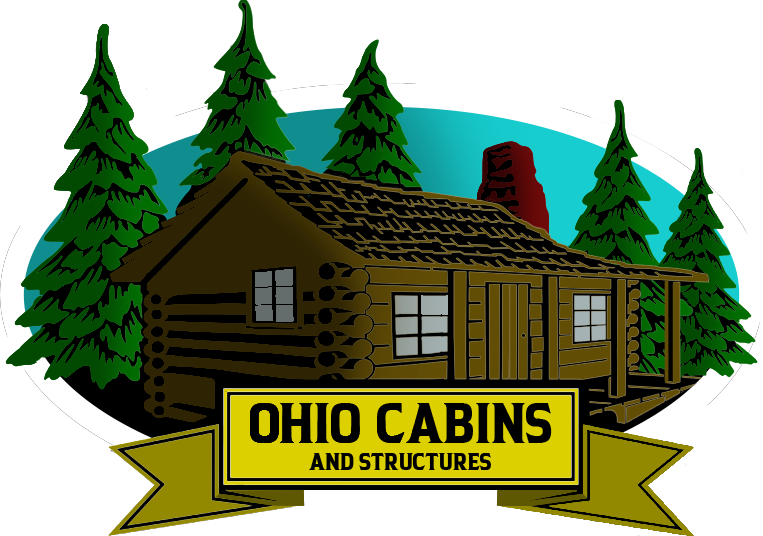When people think of home construction, they often picture on-site framing, heavy machinery, and long build times. Modular construction is changing that image entirely. But what exactly is a modular building, and why has it become such a major part of modern construction? In short, a modular building is a structure built in sections or “modules” within a controlled factory setting, then transported and assembled on-site. This approach offers precision, speed, and cost savings without sacrificing quality. Let’s explore what makes modular buildings unique and why more homeowners and businesses are choosing them today.
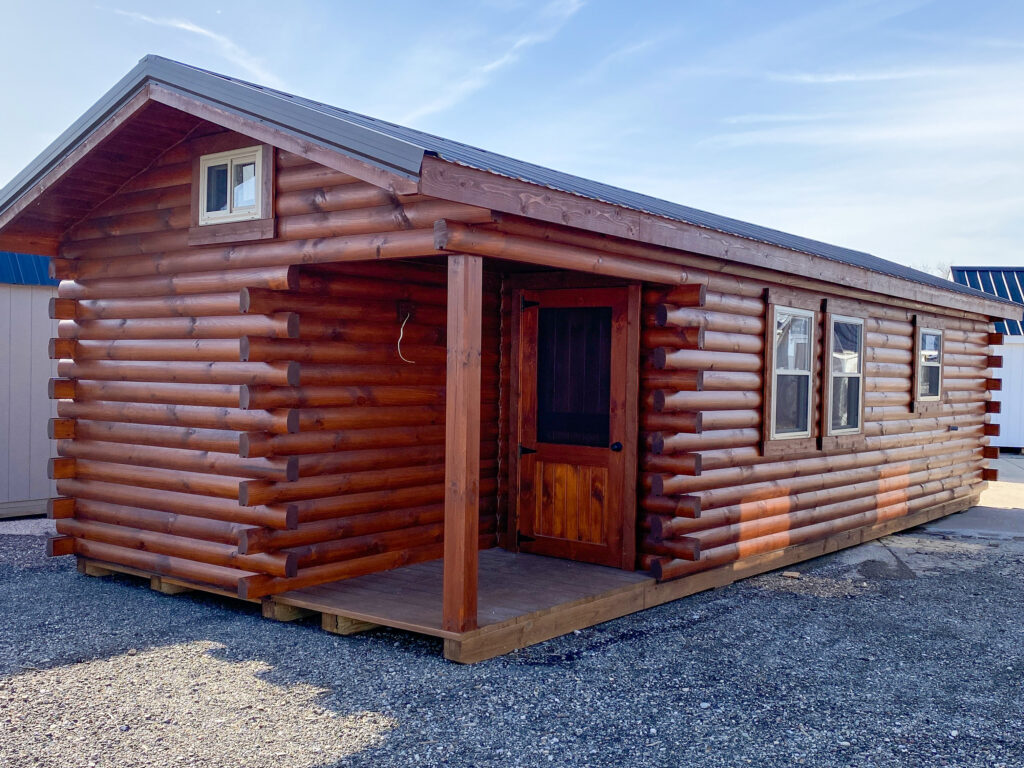
Defining a Modular Building
A modular building is constructed off-site in segments known as modules. These modules are manufactured in climate-controlled facilities where quality and efficiency can be closely managed. Once completed, the modules are transported to a prepared foundation and joined together to form a permanent structure. From the outside, modular buildings look identical to traditionally built homes, yet their construction process is more efficient and environmentally friendly. Modular construction is used for homes, offices, schools, and even healthcare facilities because of its reliability and flexibility.
How Modular Construction Differs from Traditional Building
Traditional buildings are assembled entirely on-site, which makes them vulnerable to delays from weather, labor shortages, and material issues. Modular buildings, by contrast, are built indoors, where weather cannot interfere with progress. The foundation is prepared at the same time the modules are being built in the factory, which shortens total build time significantly. Once modules are complete, they are delivered and assembled in a matter of days. This parallel process allows modular buildings to be completed 30 to 50 percent faster than traditional homes while maintaining the same level of quality and structural integrity.
Quality Control and Construction Standards
Because modular buildings are produced in a controlled environment, quality control is consistent from start to finish. Every step of construction is inspected to meet or exceed local building codes. According to the U.S. Department of Housing and Urban Development, modular homes must comply with the same codes as site-built structures. This means they are just as safe, durable, and energy-efficient. In fact, many modular manufacturers implement additional quality checks to ensure structural stability during transport, which often results in stronger frames and joints than those found in traditional construction.
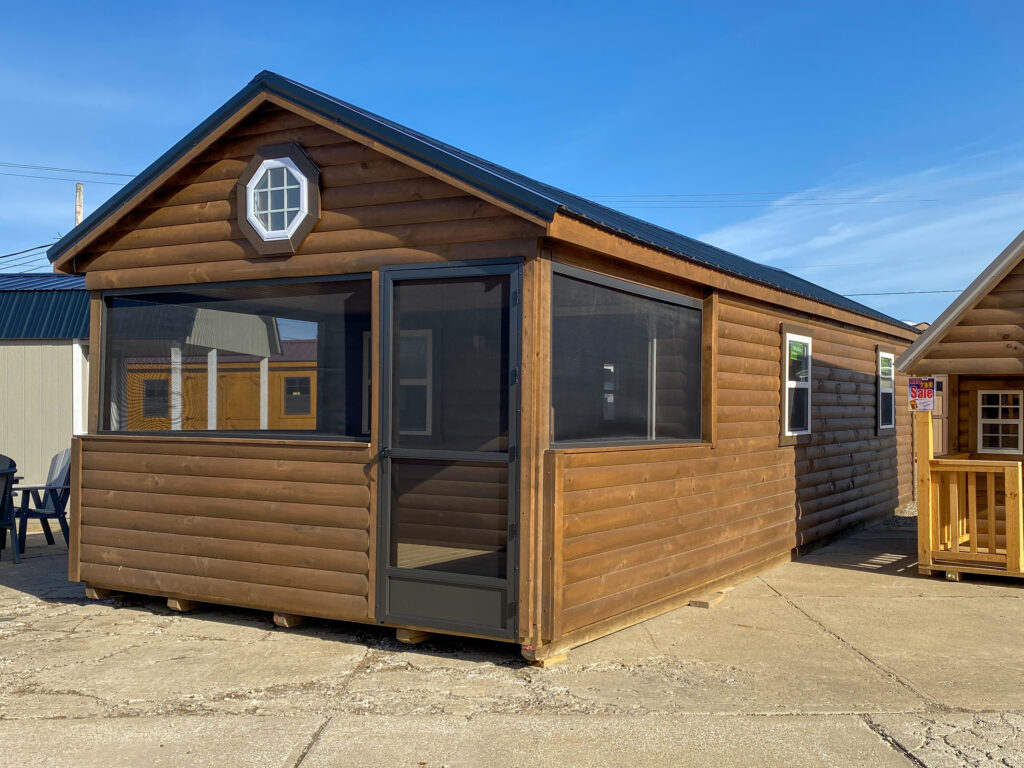
Design Flexibility
One of the most appealing aspects of modular construction is design flexibility. Homeowners are no longer limited to basic rectangular shapes. Modular technology allows for a wide range of layouts, styles, and finishes, from rustic cabins to contemporary two-story homes. Modules can be combined in various configurations, expanded later, or even relocated if necessary. This flexibility makes modular buildings ideal for both residential and commercial projects. For homeowners, it also means the opportunity to create a custom design without the long wait times or unpredictable costs of a traditional build.
Efficiency and Cost Savings
Modular buildings save money in several ways. Building indoors minimizes waste and protects materials from weather damage. Labor costs are lower because workers operate in a centralized location using efficient assembly-line techniques. Fewer on-site delays mean reduced financing costs and faster occupancy. Overall, modular construction can reduce total project expenses by 10 to 20 percent compared to conventional methods. For families and developers looking to control budgets without compromising quality, modular buildings offer a practical and affordable solution.
Energy Efficiency and Sustainability
Energy efficiency is another key advantage of modular buildings. Factories use precise measurements and modern materials to create airtight seals, reducing drafts and heat loss. Many modular homes come equipped with energy-efficient windows, insulation, and HVAC systems. Because of this precision, modular buildings often exceed energy codes required by local jurisdictions. Sustainability also plays a major role. Factory construction reduces waste by reusing materials and recycling scraps. Less site disturbance and shorter construction times minimize the environmental footprint, making modular homes a smart choice for eco-conscious homeowners.
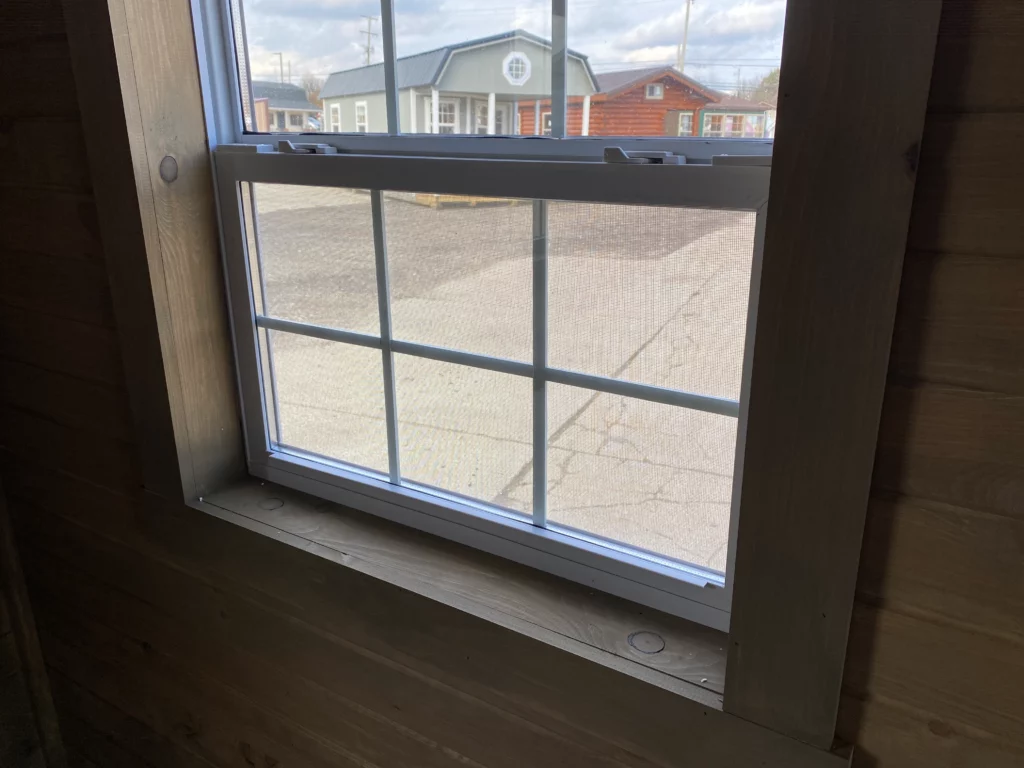
Durability and Strength
Some people assume modular buildings are weaker than site-built homes, but that is far from the truth. Since modules must withstand transportation and assembly, they are engineered with extra reinforcement. Structural integrity is tested throughout the build process to ensure long-term performance. When the modules are joined, the combined structure often exceeds the strength of conventional framing. Modular homes also perform well in extreme weather conditions such as heavy winds or snow loads. In this way, modular construction delivers both speed and strength without compromising safety.
Permanent vs. Relocatable Modular Buildings
There are two main types of modular buildings: permanent and relocatable. Permanent modular buildings are installed on a foundation and designed to last for decades. They are indistinguishable from traditional homes once completed. Relocatable modular buildings, on the other hand, are temporary structures often used for offices, classrooms, or job sites. They can be disassembled and moved to new locations as needed. Both types follow similar construction methods, but permanent modular homes must meet additional residential standards to comply with local building codes.
Common Myths About Modular Buildings
Modular buildings are sometimes confused with manufactured or mobile homes, but they are very different. Manufactured homes are built to a federal code known as the HUD Code and are typically placed on steel frames for mobility. Modular homes, however, follow the same state and local building codes as traditional homes. Another misconception is that modular construction limits customization, when in fact, it allows tremendous flexibility. From layout to materials, homeowners can choose nearly every detail. Our article on which is better modular or manufactured homes explores these differences in depth.
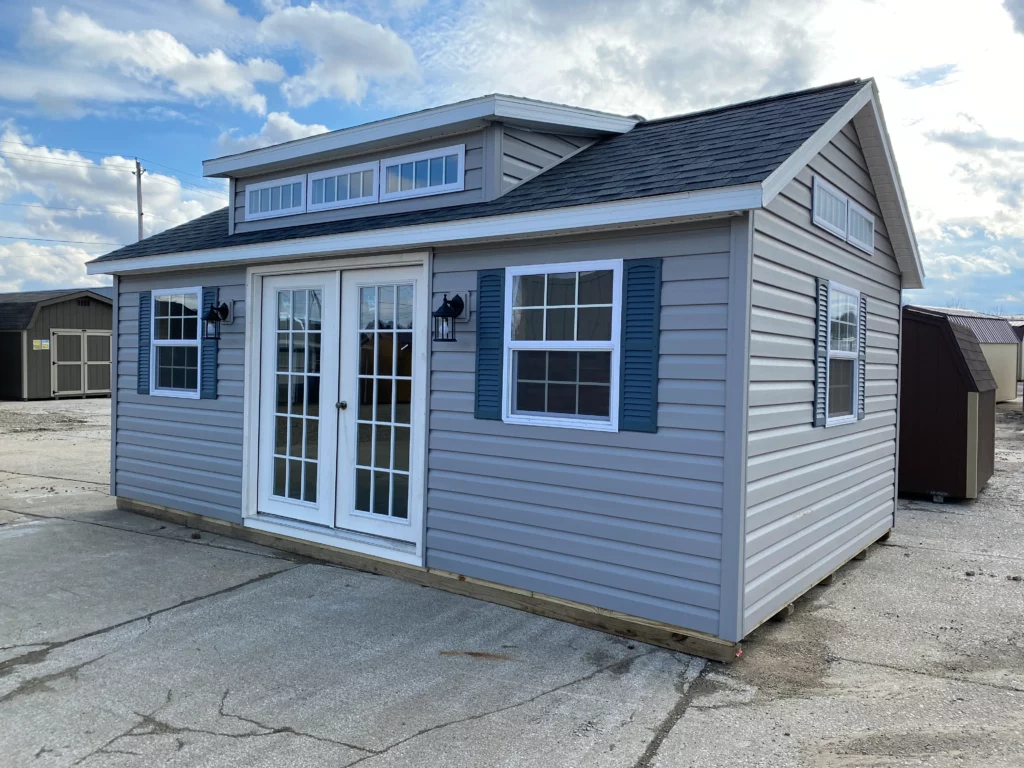
Speed of Construction
One of the biggest benefits of modular construction is speed. Because foundation work and module production happen simultaneously, total build time is drastically reduced. Once delivered, the modules are assembled on-site within days. This quick turnaround helps families move in faster and allows developers to start earning returns on investment sooner. Faster construction also reduces exposure to weather-related delays, protecting both timelines and budgets. The entire process can take as little as eight to twelve weeks from factory to finish, depending on design complexity.
Customization and Finishing Options
Modern modular buildings offer almost limitless customization. Homeowners can choose floor plans, siding materials, roofing styles, and interior finishes that suit their tastes. The factory-controlled process ensures that these elements are installed precisely, avoiding the inconsistencies sometimes seen in on-site builds. After modules are assembled, finishing work such as roofing seams, trim, and utilities are completed on-site to achieve a seamless appearance. The result is a home or building that looks completely traditional but was built in a fraction of the time.
Why Modular Construction Is the Future
As technology advances, modular construction continues to evolve. Improved design software, automated cutting systems, and advanced materials make each generation of modular buildings more efficient and affordable. With housing shortages and labor constraints affecting traditional building, modular methods provide a scalable, sustainable solution. Governments and developers are embracing modular construction for schools, hospitals, and multifamily housing because it delivers consistent results at a lower cost. For homeowners, modular homes combine the comfort of custom design with the speed and precision of factory production.
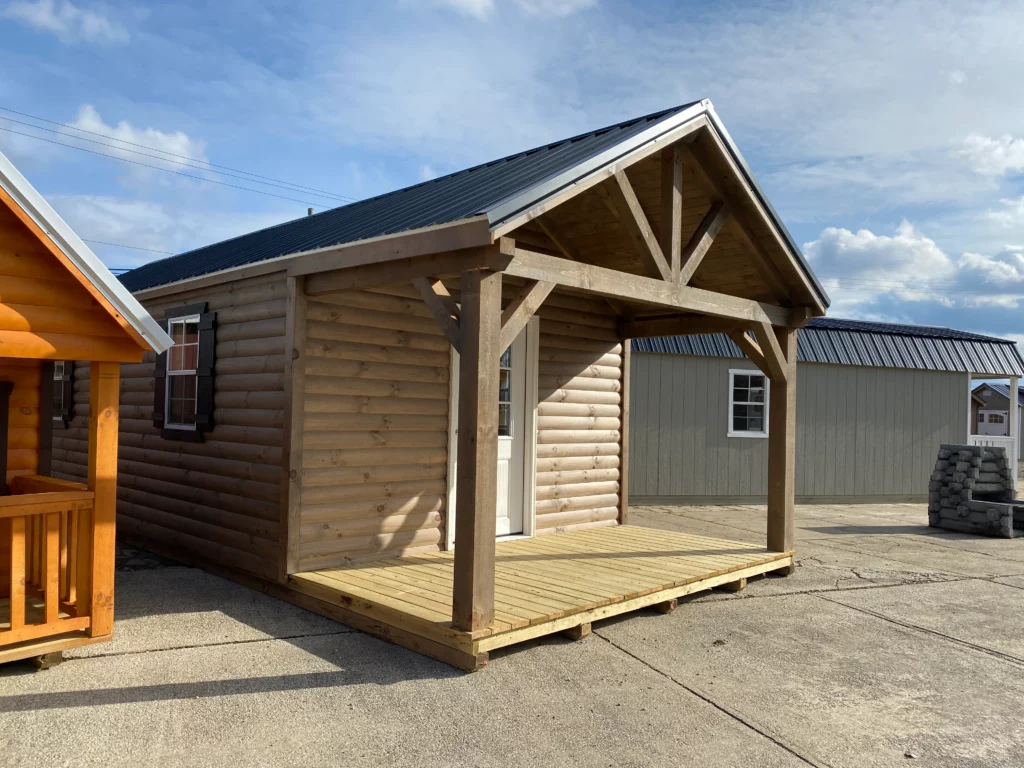
Conclusion
A modular building is much more than a convenient alternative to traditional construction. It represents a smarter, faster, and more sustainable way to build. These structures meet the same codes, offer superior strength, and deliver impressive energy efficiency. From affordable family homes to commercial developments, modular construction has proven its value across every industry. As more people recognize its advantages, modular buildings are becoming the new standard in modern architecture. Whether you’re building a home or a business space, modular design offers efficiency, reliability, and long-term savings that make it well worth considering.
To explore quality modular structures built for long-lasting performance, visit Ohio Cabins and Structures. Our experts can guide you through available designs, pricing, and customization options. When you’re ready to begin your project, reach out through our contact page for professional assistance and a detailed consultation.
